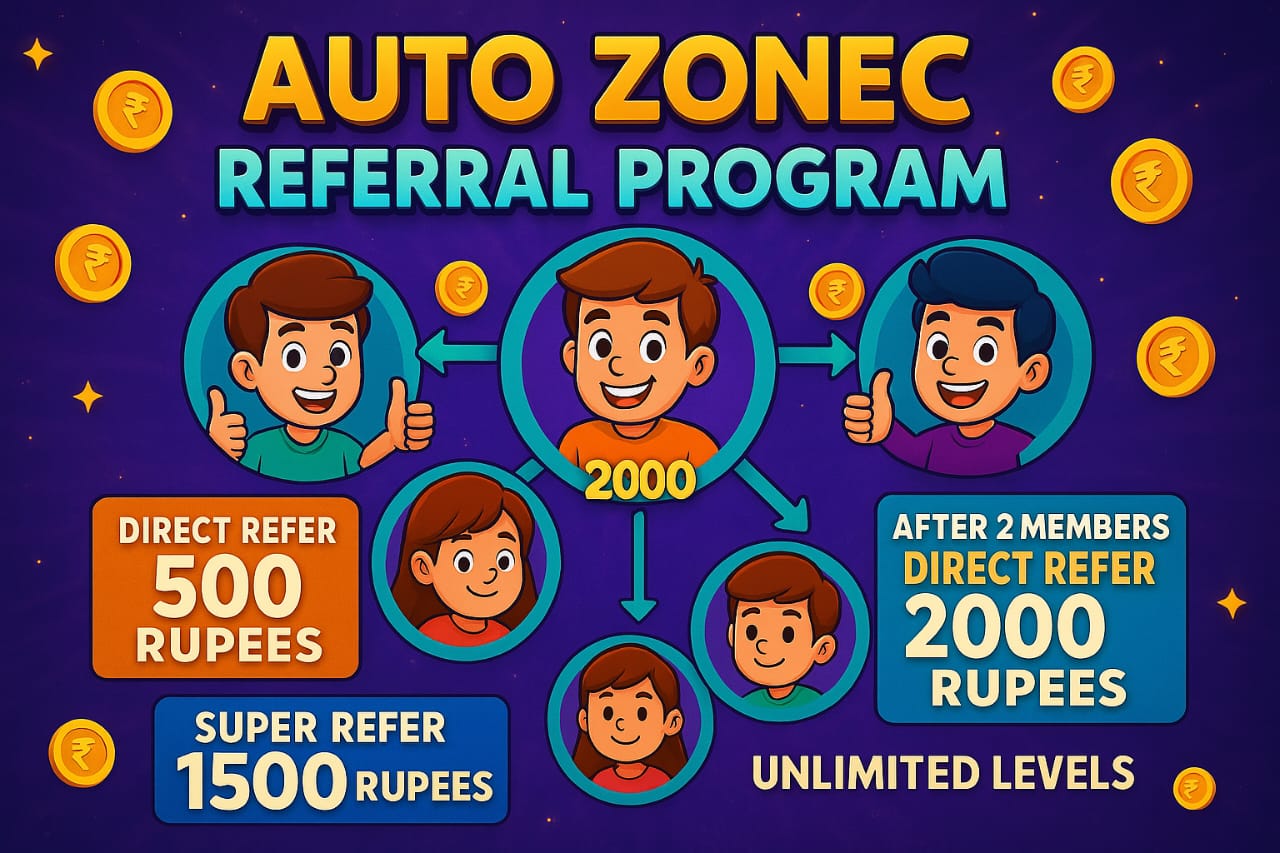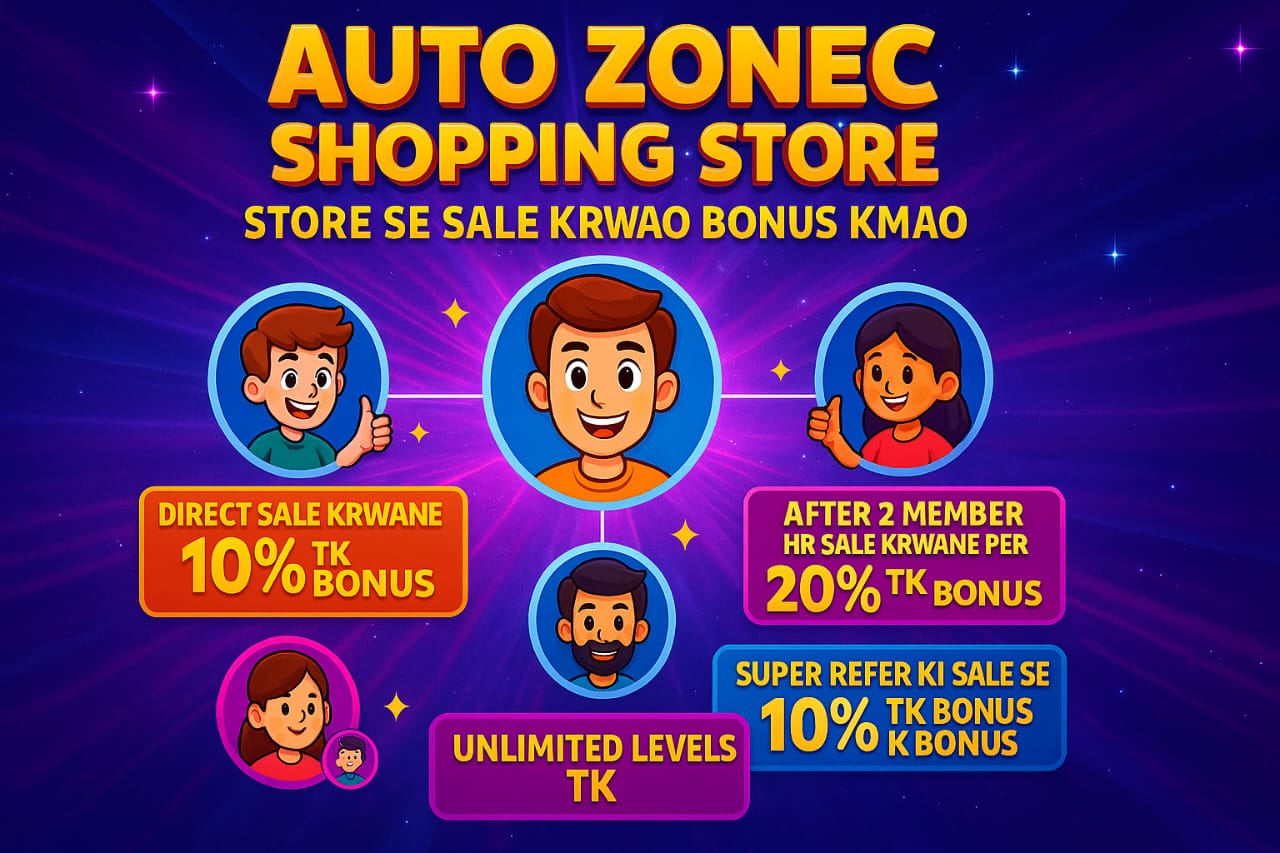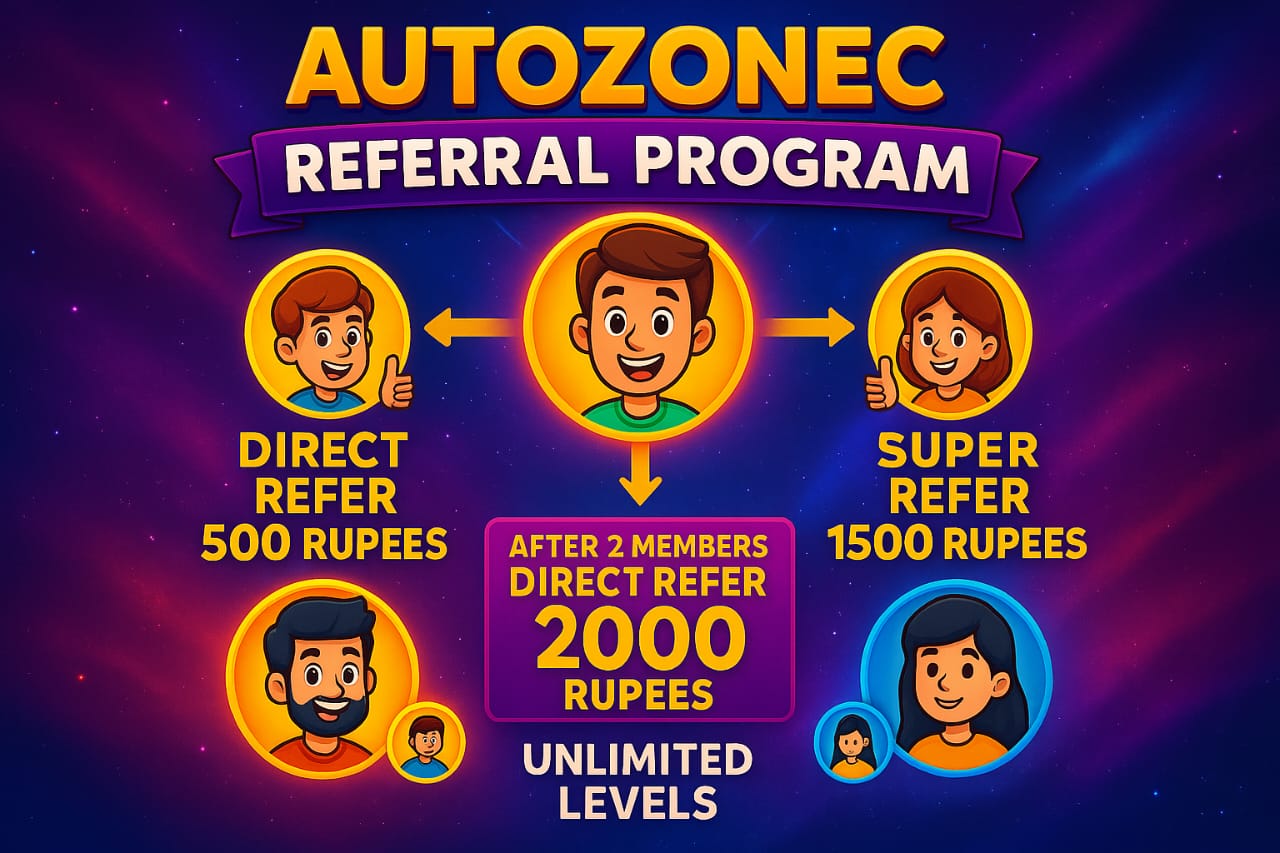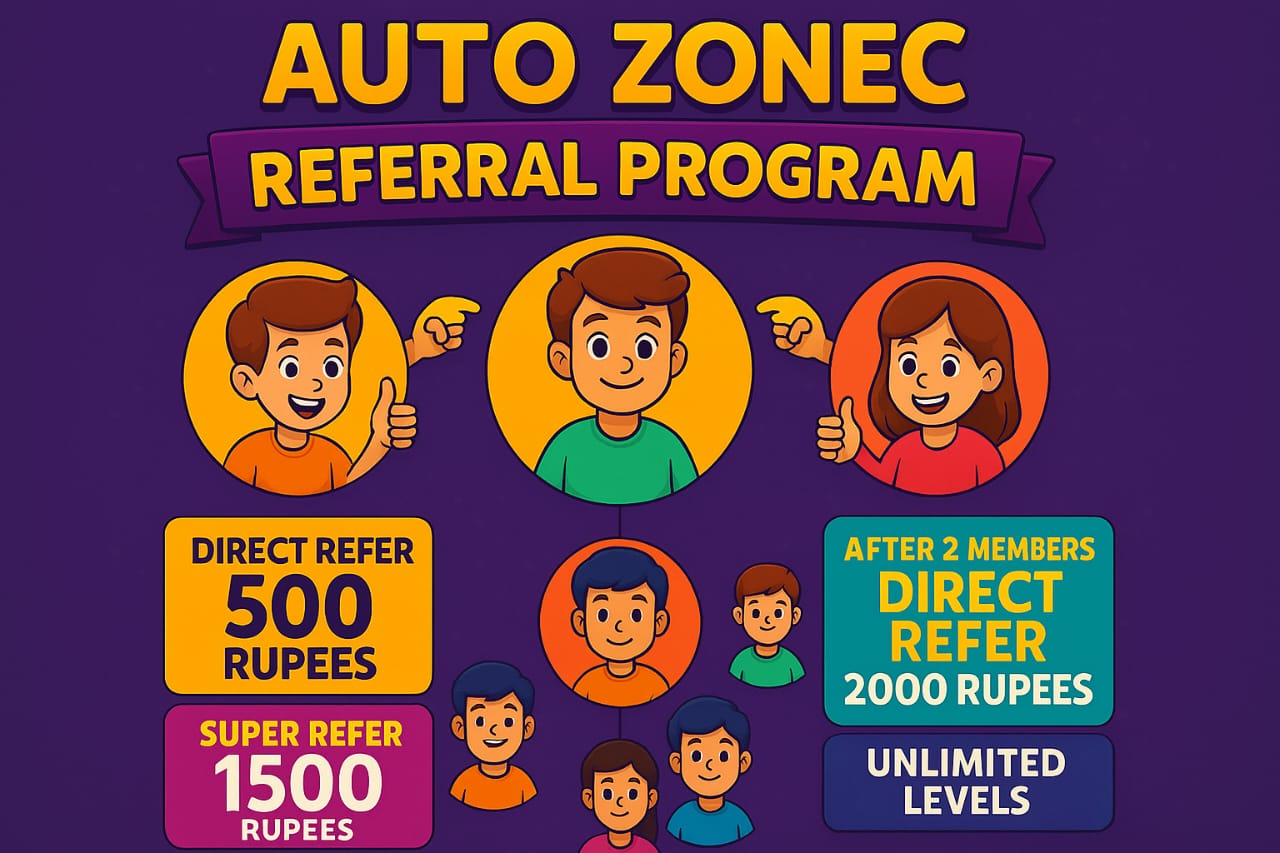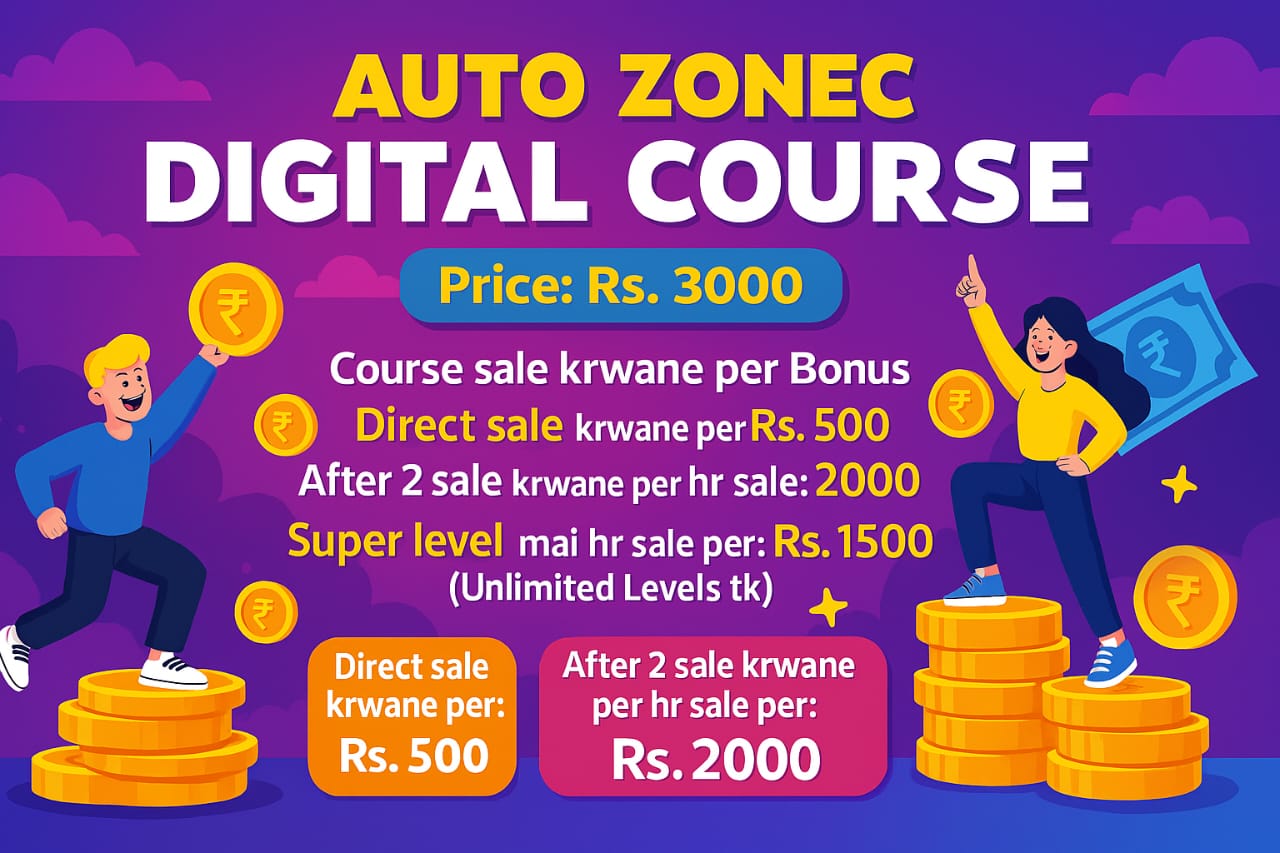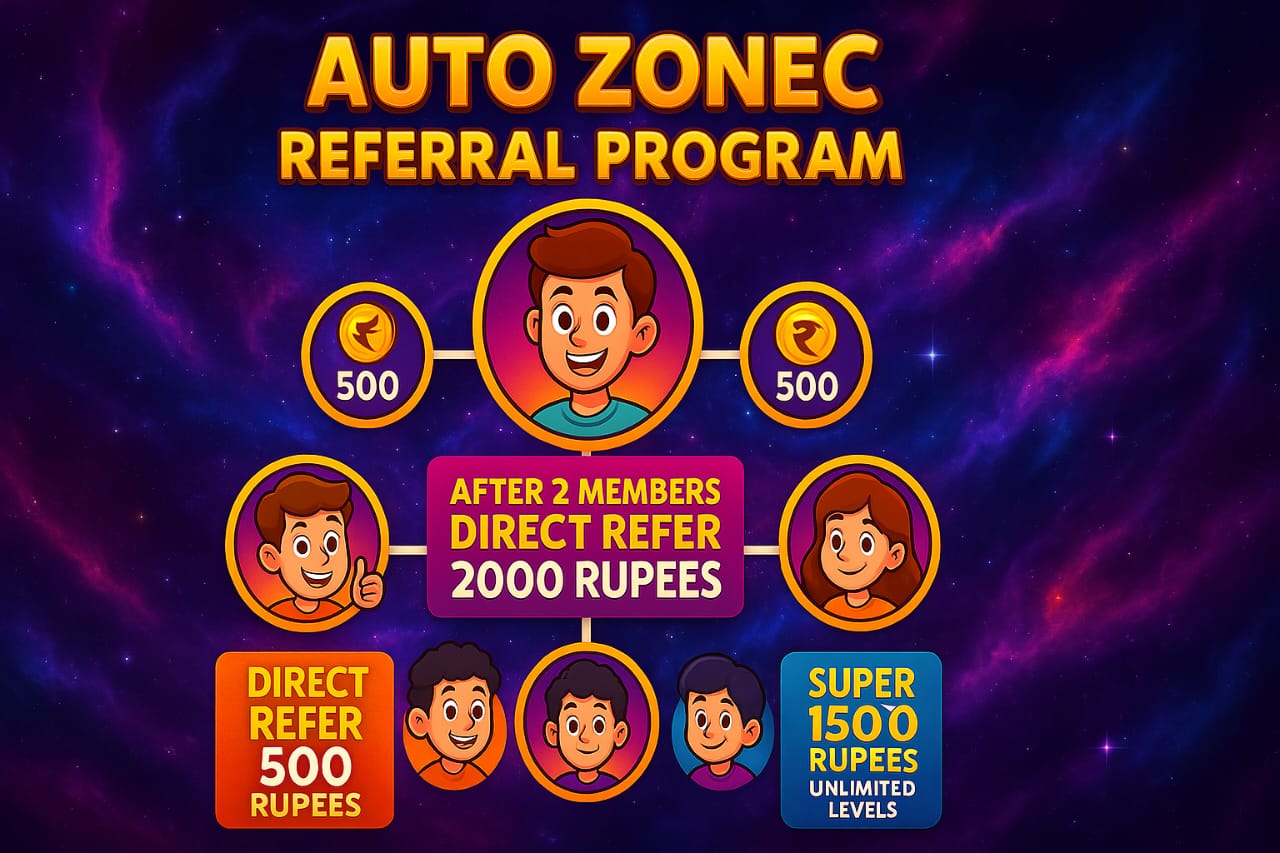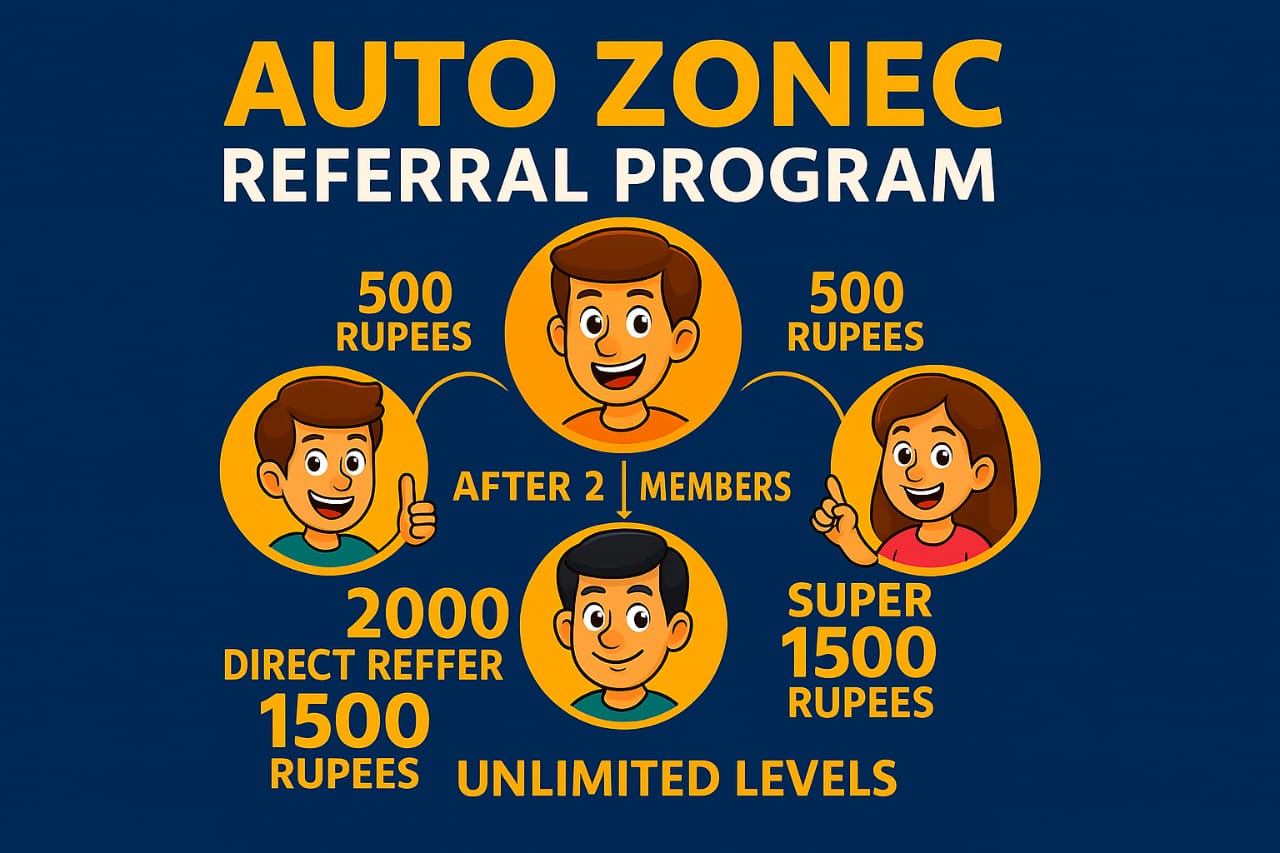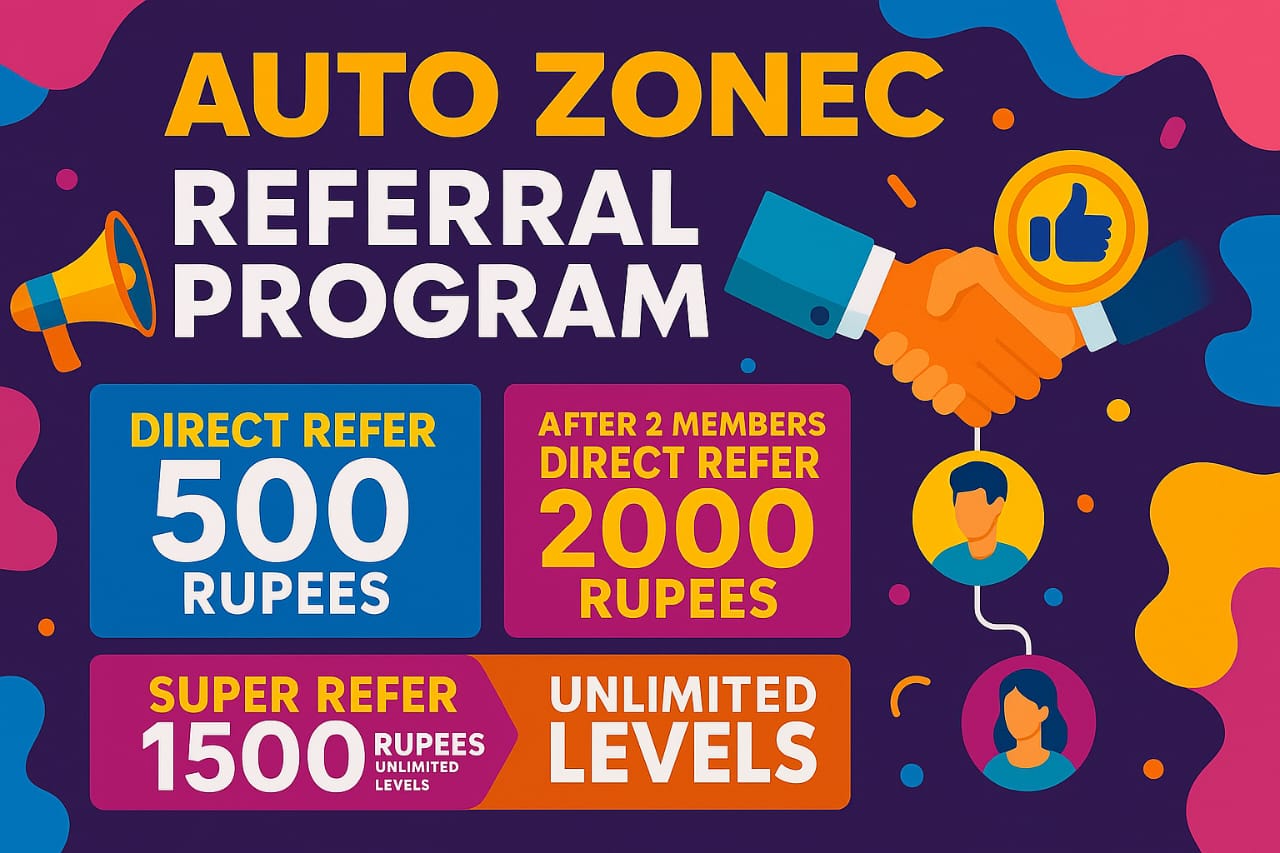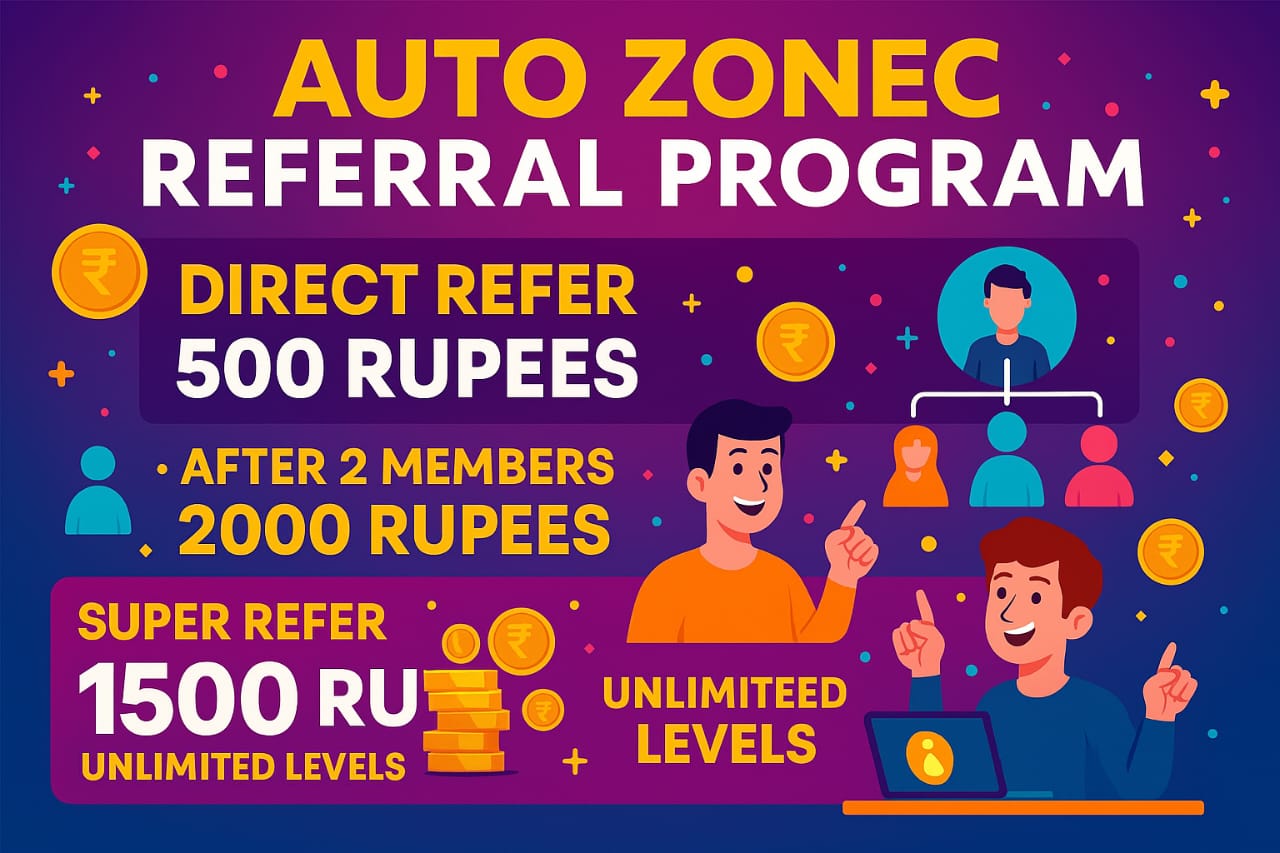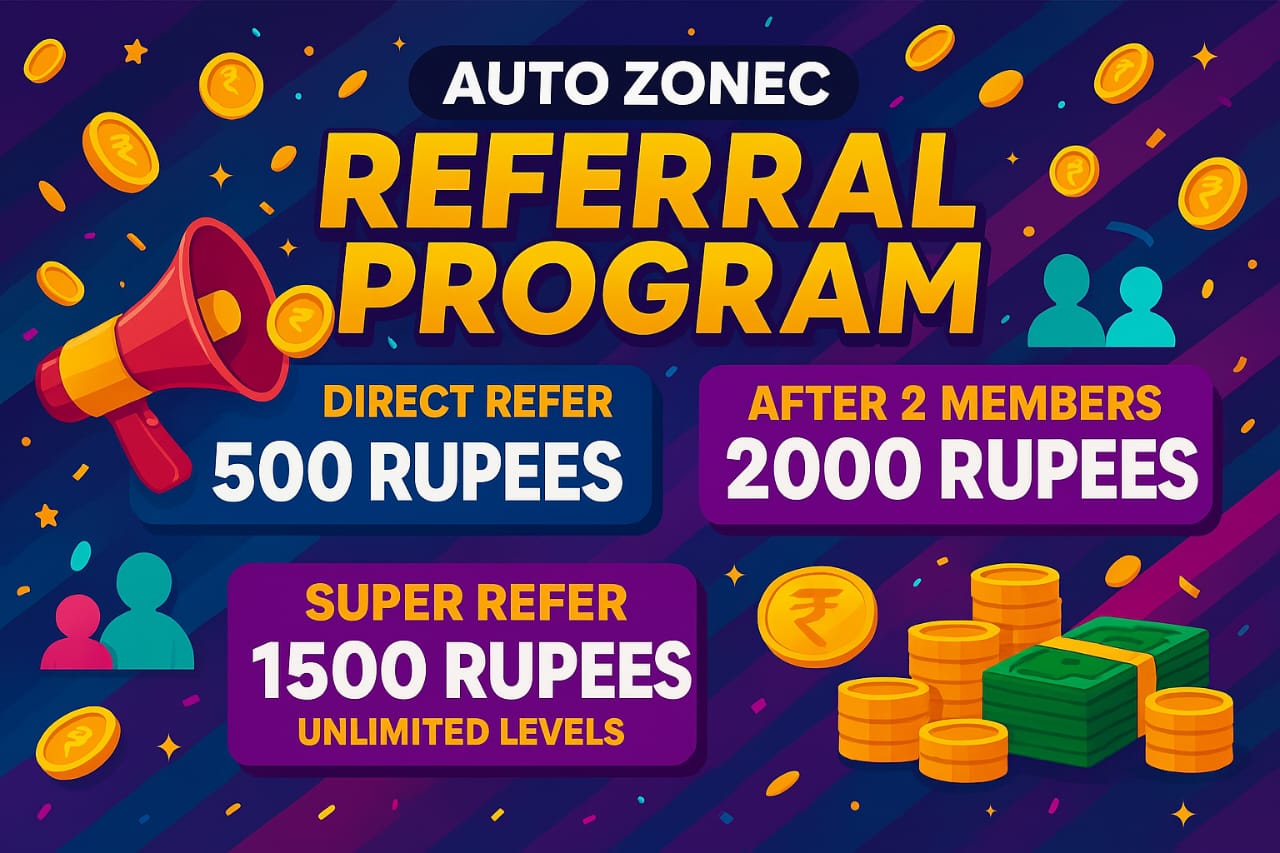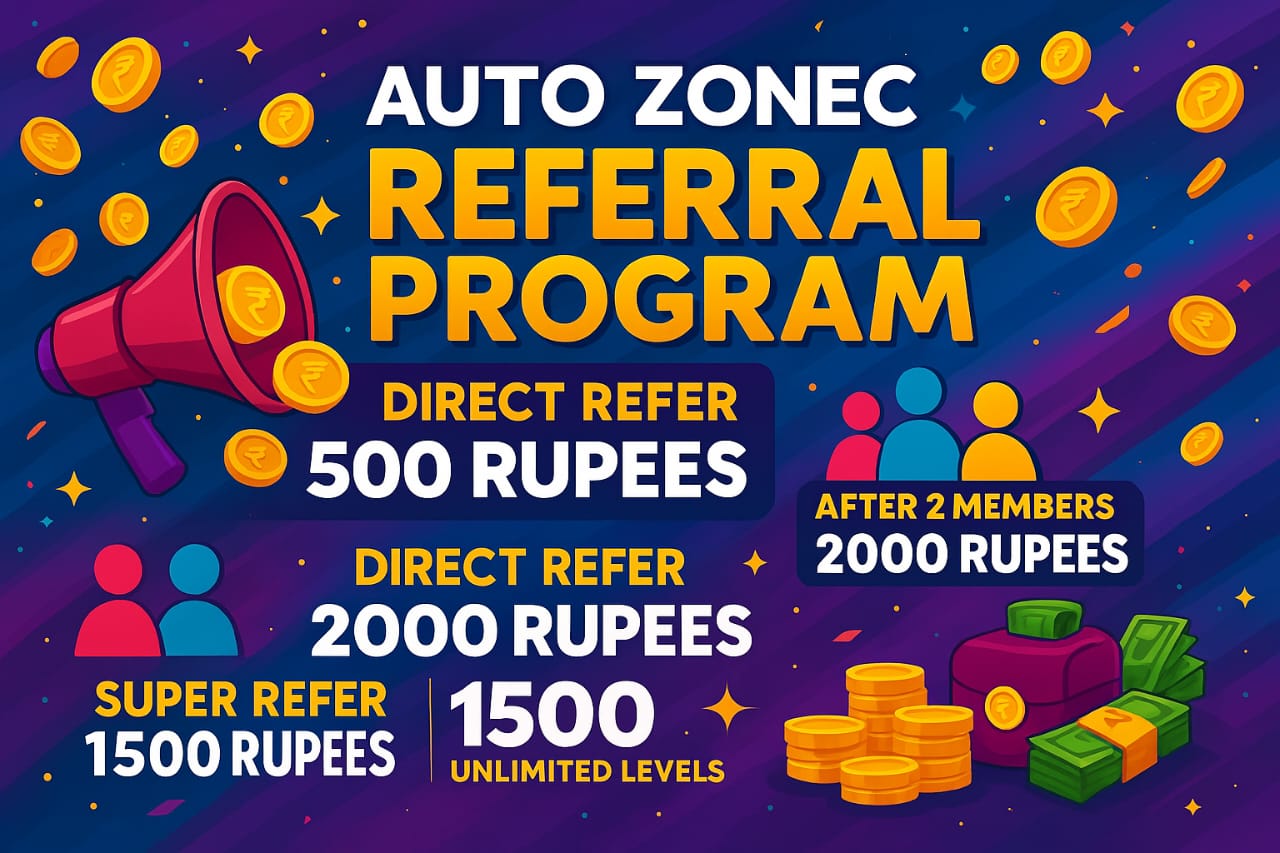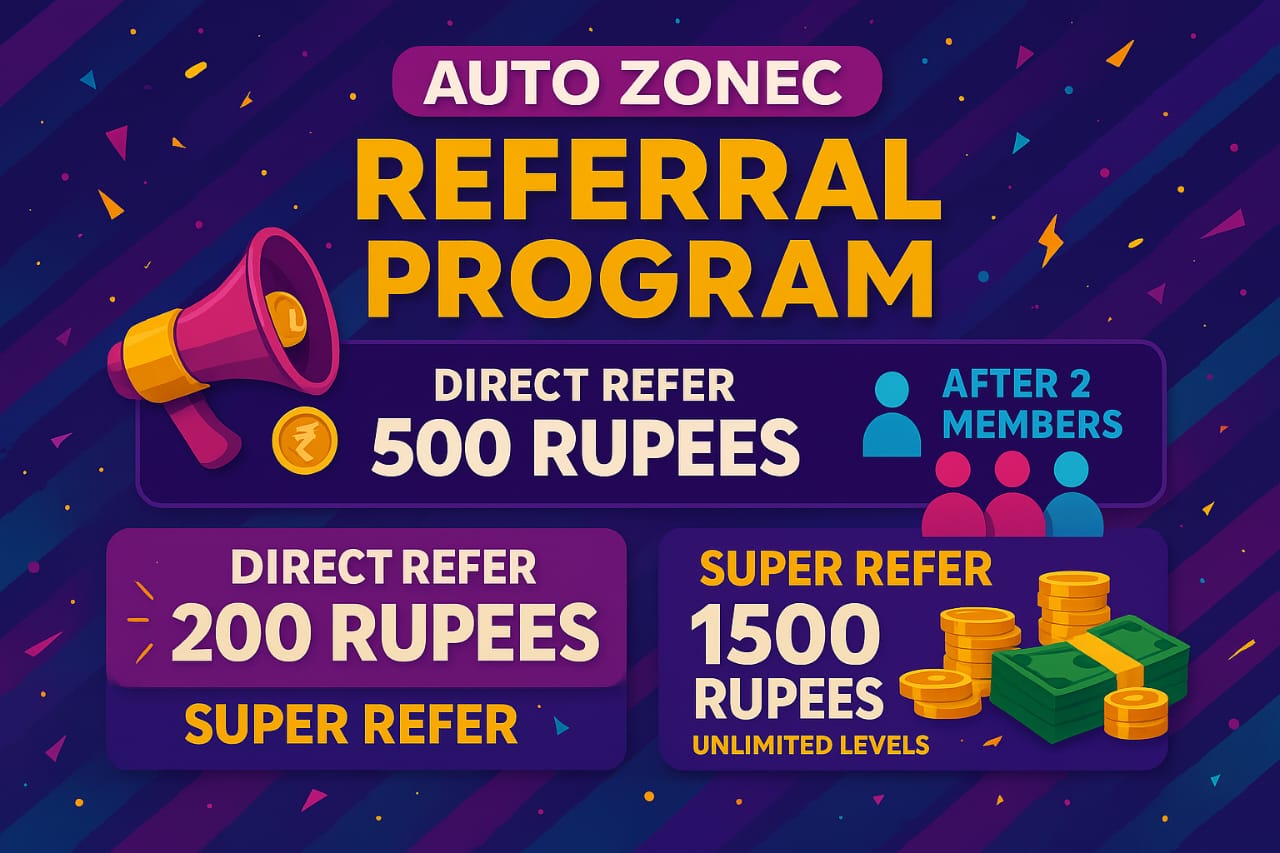
Top 100 Blog Topics That Will Boost Your Creativity and SEO
SEO Description: Looking for fresh blog topics to spark your creativity? Explore our comprehensive list of trending and engaging blog topics to attract more readers and boost your website's SEO rankings.
Meta Keywords: Blog ideas Popular blog topics Trending blog topics Creative blog topics Engaging blog topics Best blog topics Blog post ideas Unique blog topics Top blog topics Blogging topics Blogging ideas Blogging inspiration Blogging tips Blogging trends Blogging strategies Blogging topics for beginners Blogging topics for fashion Blogging topics for lifestyle Blogging topics for travel Blogging topics for food Blogging topics for business Blogging topics for health Blogging topics for technology Blogging topics for fitness Blogging topics for beauty
Creating a Comprehensive Blog Topics List for SEO Success
As a blogger or content creator, one of the most important aspects of your strategy is determining what topics to write about. Not only do you want to provide valuable and engaging content for your audience, but you also want to ensure that your blog is optimized for search engines. This is where a well-curated blog topics list comes into play.
Having a well-thought-out blog topics list can help you stay organized, ensure that you cover a variety of relevant topics, and ultimately improve your SEO performance. In this post, we will discuss how to create a comprehensive blog topics list that will set you up for success in the world of SEO.
Research Your Audience and Industry
The first step in creating a blog topics list that is optimized for SEO is to research your target audience and industry. Understanding who your audience is, what they are interested in, and what problems they are looking to solve can help you generate relevant and valuable content ideas.
- Use tools like Google Analytics to gather data on your audience demographics, interests, and behaviors.
- Monitor industry trends and news to stay informed about what topics are currently popular and relevant.
- Engage with your audience through surveys, polls, and social media to gather feedback on what type of content they would like to see.
By taking the time to research your audience and industry, you can ensure that your blog topics list is tailored to the interests and needs of your target audience, which can help improve engagement and drive traffic to your site.
Stay tuned for the next section to learn more about how to refine your blog topics list for SEO success.
5. Travel
Travel is a popular blog topic that can cover a wide range of subtopics such as travel guides, tips, itineraries, and personal travel experiences. If you are someone who loves exploring new destinations and sharing your adventures with others, a travel blog could be the perfect fit for you. You can write about your favorite travel destinations, budget travel tips, and even create travel guides for specific cities or countries.
Tips for Starting a Travel Blog
- Choose a niche within the travel industry that you are passionate about, such as budget travel, luxury travel, solo travel, family travel, or adventure travel.
- Invest in a good camera to capture high-quality photos of your travels.
- Research search engine optimization (SEO) techniques to increase the visibility of your blog in search engine results.
- Engage with your audience by responding to comments and questions on your blog and social media channels.
6. Food and Cooking
Food and cooking blogs are incredibly popular, as people are always looking for new recipes and cooking tips. Whether you are a home cook, professional chef, or food enthusiast, there is a wide audience for food-related content. You can share your favorite recipes, cooking techniques, restaurant reviews, and food travel experiences on your blog.
How to Start a Food Blog
- Create visually appealing content by taking high-quality photos of your dishes.
- Experiment with different types of recipes to keep your content fresh and engaging.
- Collaborate with other food bloggers and influencers to expand your audience reach.
- Monetize your blog through affiliate marketing, sponsored posts, and advertising.
7. Fitness and Wellness
With the increasing focus on health and wellness, fitness and wellness blogs have become increasingly popular. Whether you are a fitness trainer, nutritionist, yoga instructor, or wellness coach, you can share your expertise and insights on topics such as workouts, healthy eating, mindfulness, and self-care on your blog.
Tips for Starting a Fitness and Wellness Blog
- Share your personal fitness journey and experiences to connect with your audience on a deeper level.
- Create workout and meal plans to help your readers achieve their health and fitness goals.
- Offer tips and advice on how to maintain a healthy lifestyle both physically and mentally.
- Collaborate with brands that align with your values and promote products or services that you genuinely believe in.
8. Personal Development
Personal development blogs focus on self-improvement, growth, and achieving one's full potential. Whether you are interested in topics such as productivity, time management, goal setting, or mindset, a personal development blog can help you inspire and motivate others to become the best version of themselves.
How to Start a Personal Development Blog
- Share personal stories and experiences to make your content relatable and inspiring.
- Provide actionable tips and strategies that your readers can implement in their own lives.
- Engage with your audience through email newsletters, webinars, and social media platforms.
- Collaborate with other personal development bloggers and experts to expand your knowledge and reach.
These are just a few of the many blog topics that you can explore and choose from. Remember to choose a topic that you are passionate about and that resonates with your target audience. With dedication, consistency, and quality content, your blog has the potential to grow and become a valuable resource for your readers.
Why Blog Topics List is Important for SEO
Creating a blog topics list is crucial for search engine optimization (SEO) for several reasons. Here are a few key reasons why having a well-thought-out blog topics list can help improve your website's SEO:
1. Keyword Research
When you create a blog topics list, you can conduct keyword research to identify the most relevant and high-volume keywords in your industry. By incorporating these keywords into your blog topics, you can improve your website's visibility in search engine results pages (SERPs) and attract more organic traffic to your site.
2. Content Planning
A blog topics list helps you plan your content strategy in advance. By mapping out your blog topics in advance, you can ensure that your content is cohesive, relevant, and aligned with your business goals. This can help you create a more engaging and valuable user experience for your audience, which can ultimately improve your website's SEO performance.
3. Internal Linking
Having a blog topics list can also help you strategically plan your internal linking strategy. By linking related blog topics together within your content, you can improve your website's crawlability and help search engines understand the structure of your site. This can help improve your website's overall SEO performance and increase your chances of ranking higher in search results.
4. Fresh Content
Regularly updating your blog topics list can help you generate fresh and relevant content for your website. Search engines favor websites that regularly publish new content, so having a blog topics list can help you stay organized and consistent with your content creation efforts. This can help improve your website's SEO performance over time and attract more organic traffic to your site.
How to Create a Blog Topics List
Creating a blog topics list doesn't have to be complicated. Here are a few simple steps you can follow to create an effective blog topics list for your website:
1. Identify Your Target Audience
Start by identifying your target audience and understanding their needs, interests, and pain points. This will help you create blog topics that are relevant and valuable to your audience, which can improve your website's SEO performance.
2. Conduct Keyword Research
Use keyword research tools like Google Keyword Planner or SEMrush to identify relevant and high-volume keywords in your industry. Incorporate these keywords into your blog topics to improve your website's visibility in search engine results pages.
3. Brainstorm Ideas
Brainstorm a list of potential blog topics that align with your business goals and target audience. Consider the latest trends, industry news, and frequently asked questions from your audience to generate new and engaging content ideas.
4. Organize Your Topics
Organize your blog topics list into categories or themes to make it easier to plan your content strategy. This can help you stay organized and ensure that your content is cohesive and aligned with your business goals.
By following these simple steps, you can create a blog topics list that can help improve your website's SEO performance and attract more organic traffic to your site.
Remember, creating a blog topics list is an ongoing process, so make sure to regularly update and refine your list to keep your content fresh, relevant, and engaging for your audience.
Now that we have covered the importance of having a blog topics list and how to create one, let's delve into some popular blog topics that you can consider adding to your list. These topics are diverse and can cater to various audiences, ensuring that you always have something to write about. 1. How-to Guides: How-to guides are a staple in the blogging world. They provide valuable information to readers on how to accomplish a specific task or solve a problem. Consider creating how-to guides on topics related to your niche or industry. For example, if you are a beauty blogger, you could write how-to guides on skincare routines, makeup looks, or haircare tips. 2. Product Reviews: Product reviews are another popular type of blog post that can attract a lot of readers. Share your honest opinions on products you have tried and tested, and include photos or videos to make your review more engaging. Be sure to highlight the pros and cons of the product to help your readers make informed purchasing decisions. 3. Listicles: Listicles are blog posts that present information in the form of a list. They are easy to read and can cover a wide range of topics. Consider creating listicles such as "Top 10 Tips for Productivity" or "5 Must-Have Items for Summer." Listicles are popular because they are visually appealing and provide readers with quick, actionable information. 4. Interviews: Conducting interviews with industry experts, influencers, or other bloggers can add credibility to your blog and provide valuable insights to your readers. Reach out to individuals in your niche and ask if they would be willing to participate in an interview. Be sure to ask thoughtful questions and share the interview on your blog with your audience. 5. Personal Stories: Sharing personal stories on your blog can help you connect with your readers on a deeper level. Whether it's a personal experience, a lesson learned, or a success story, sharing your own journey can inspire and motivate others. Be authentic and vulnerable in your storytelling to create a genuine connection with your audience. 6. Roundup Posts: Roundup posts are blog posts that compile a list of resources, tools, or articles on a specific topic. They are a great way to provide valuable information to your readers in one convenient location. Consider creating roundup posts on topics such as "Best Books for Entrepreneurs" or "Top Podcasts for Personal Development." 7. Guest Posts: Inviting guest bloggers to contribute to your blog can bring fresh perspectives and new ideas to your content. Reach out to other bloggers in your niche and ask if they would be interested in writing a guest post for your blog. Guest posts can help you expand your audience and build relationships within the blogging community. In conclusion, having a well-thought-out blog topics list is essential for maintaining a consistent and engaging blog. By including a variety of topics such as how-to guides, product reviews, listicles, interviews, personal stories, roundup posts, and guest posts, you can keep your content fresh and appealing to your audience. Experiment with different types of blog posts and see what resonates with your readers. Remember to always prioritize quality content that provides value to your audience. Case Study 1: In one case study, a fashion blogger decided to create a blog topic list to help plan out her content for the next few months. She started by brainstorming different categories that she wanted to cover, such as fashion trends, outfit inspiration, and beauty tips. She then broke down each category into specific blog post ideas, such as "10 Ways to Style a Little Black Dress" and "The Best Drugstore Makeup Products Under $10." By organizing her ideas into a blog topic list, the fashion blogger was able to stay focused and consistent with her content creation, leading to an increase in traffic and engagement on her blog. Case Study 2: A food blogger realized that she was struggling to come up with new and exciting recipe ideas for her blog. She decided to create a blog topic list to help generate fresh content ideas. She started by listing out different categories of recipes that she wanted to focus on, such as breakfast, lunch, dinner, and desserts. She then added specific recipe ideas under each category, such as "Overnight Oats Three Ways" and "One-Pan Chicken and Veggie Bake." By using her blog topic list as a guide, the food blogger was able to consistently publish new and interesting recipes, leading to an increase in followers and engagement on her blog. Case Study 3: A travel blogger was feeling overwhelmed with the amount of travel content she wanted to create for her blog. She decided to create a blog topic list to help her stay organized and on track with her content planning. She started by listing out different destinations that she wanted to cover, such as Europe, Asia, and South America. She then added specific blog post ideas under each destination, such as "Top 10 Must-See Attractions in Paris" and "The Ultimate Guide to Backpacking through Southeast Asia." By using her blog topic list as a roadmap for her content creation, the travel blogger was able to publish consistent and engaging travel posts, leading to an increase in followers and partnerships with travel brands. These case studies demonstrate the importance of creating a blog topic list to help plan out content and stay organized. By brainstorming different categories and specific blog post ideas, bloggers can ensure that they are consistently publishing high-quality content that resonates with their audience. Whether you're a fashion blogger, food blogger, or travel blogger, a blog topic list can be a valuable tool in helping you stay on track with your content creation and ultimately grow your blog.Top 100 Blog Topics That Will Boost Your Creativity and SEO
Written by: wikibrand
Published on: April 30, 2025

